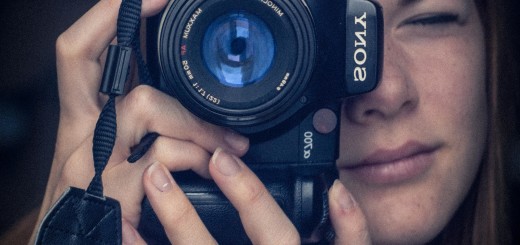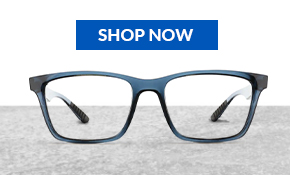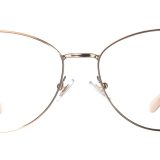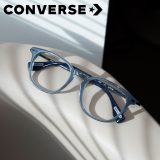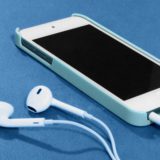The Origin of Polycarbonate Lenses
A New Lens Material
Polycarbonate is the lens material of choice for many eyeglass wearers. It’s thin and lightweight, which makes it comfortable to wear. Yet, it’s also durable. No need to stress about a simple fall shattering your eyeglasses. But polycarbonate lenses haven’t always been ‘on the menu’ at your neighborhood optical store. In fact, it’s only been in the last thirty years that the material has risen to the status of number one glass replacement material.
First discovered in 1898 by a German scientist named Alfred Einhorn, the blend of chemicals, including carbonates and polymers (hence the name), never left the laboratory. It took another 55 years before another German, an employee at Bayer named Hermann Schnell, would work with and eventually patent the material.
That same year, an American named Daniel Fox, working at General Electric, also filed for a patent for a similar polycarbonate-type material.
Though the earliest versions of polycarbonates had a brownish tint, by the 1970s, polycarbonate became “glass-clear.” This opened a new door to a vast array of usages for the material.
Today, polycarbonate is one of the most commonly used replacements for glass. It’s both durable and able to withstand extreme temperatures. At the same time, polycarbonate is flexible and not prone to breaking when under stress.
 Polycarbonates are used just about everywhere.
Polycarbonates are used just about everywhere.
- Cars (check your headlights) – May also be coated and used in windows to make “bullet proof glass.”
- Motorcycle, golf cart or ATV – The windscreens in many of these smaller vehicles are made of polycarbonates.
- Helmets (if it has a clear shield) or SCUBA masks (maybe your SCUBA fins too!).
- Luggage – the newest lightweight luggage is often made of polycarbonates.
- Smart phones! Many smart phones and tablets now contain polycarbonate materials in their case or screen.
- Toys, children’s dinnerware and even sippy cups!
Polycarbonates are used commonly in eyewear too. In fact, since it’s eyewear introduction in the 1970s, it’s become one of the top recommended materials for new eyeglass lenses, especially for children. Because polycarbonate offers UV protection, it is also a popular material for sunglasses and sports goggles and glasses.
Next time you’re at your closest America’s Best, asks your optometrist about putting polycarbonate lenses in your next pair of eyeglasses. You won’t regret it!


